Engineering Ethics
In this class, after reviewing the historical background of the demand for ethics education for engineers, we will study both
the ethical viewpoints required of engineers and the ethically challenging situations that engineers may face when trying
to fulfill their responsibilities as technical professionals.
The main purposes of this lecture are:
(1) to ensure and promote "public safety, health, and wellbeing" and to cultivate sensitivity for ELSI (Ethical, Legal, and Social Implication [ethical, legal, and social issues]) in one's field of expertise and a sense of ethics as a professional engineer.
(2) to cultivate a habit of thinking about how one can contribute to the realization of individual and social wellbeing (including one's own as an engineer).
(3) to cultivate a capability in order to judge whether they are doing the right thing or the wrong thing, when faced with various ethical issues in the course of their work as engineers.
(1) to ensure and promote "public safety, health, and wellbeing" and to cultivate sensitivity for ELSI (Ethical, Legal, and Social Implication [ethical, legal, and social issues]) in one's field of expertise and a sense of ethics as a professional engineer.
(2) to cultivate a habit of thinking about how one can contribute to the realization of individual and social wellbeing (including one's own as an engineer).
(3) to cultivate a capability in order to judge whether they are doing the right thing or the wrong thing, when faced with various ethical issues in the course of their work as engineers.
- Develop the moral creativity to tolerate diverse values and perceive things from multiple perspectives.
- Develop the ability to gain insight into the nature of the ethical conflicts underlying individual situations.
- Develop the ability to make sound ethical judgments appropriate to the situation while relying on principles.
| Communication paper, etc. | Total. | |
|---|---|---|
| 1. | 40% | 40% |
| 2. | 30% | 30% |
| 3. | 30% | 30% |
| Total. | 100% | - |
Students will be required to submit quizzes, communication papers, and other assignments during or after the class. A total
score of 60 or more points out of 100 points on the quiz, etc. is considered passing. In quizzes, etc., a score of 60 or higher
can be expected if the student is able to clearly discuss the content of the class and textbook. However, if the attendance
rate is less than 2/3, no credit will be granted.
| Class schedule | HW assignments (Including preparation and review of the class.) | Amount of Time Required | |
|---|---|---|---|
| 1. | Guidance: Explanation of the lecture outline based on the syllabus As technology is developed, it becomes possible to do things that were not possible before. However, there is an ethical issue of whether we as human beings are allowed to use such technology. This lecture will consider the different dimensions of the technical level issue of whether or not something can be done and the ethical level issue of whether or not it is appropriate to use it. |
Read the handouts carefully. | 190minutes |
| 2. | Introduction to Engineering Ethics: What are the Ethics of Engineers and Why Do We Need Engineering Ethics? Specific Contents The second class will review the ethical responsibilities of engineers and the characteristics of engineering knowledge, mainly based on the general discussion in the textbook "Engineering Ethics for Beginners. |
Textbook "Hajimete no Kogaku Rinri," "General Introduction" (pp. 1-7) | 190minutes |
| 3. | Case Analysis "Space Shuttle Challenger Explosion and Crash In the third lesson, students will grasp the outline of a representative case in engineering ethics, "Space Shuttle Challenger Explosion and Crash," through video materials, and then actually analyze the case based on the description of the case in the textbook "First Engineering Ethics. |
Textbook "Hajimete no Kogaku Rinri," "Case 01-1: Challenger Incident (1)" and "Case 01-2: Challenger Incident (2)" (pp. 14-21) | 95minutes |
| Video teaching material "Space: A Moment of Tension Space Shuttle Challenger Explosion" https://www.youtube.com/watch?v=PFIyIeMWC9Y | 95minutes | ||
| 4. | Accountability The fourth class will take the Mitsubishi Motors hub defect case as a case study to consider technology as an experiment on society, respect for human beings, and informed consent. |
Textbook "Hajimete no Kogaku Rinri," Case 05-1: Mitsubishi Motors recall concealment case" (pp.46-49) | 190minutes |
| 5. | Laws, Regulations, and Rules of Ethics for Engineers: Focusing on Intellectual Property Rights and Product Liability Law (PL
Law) In the fifth lesson, students will learn about the Code of Ethics, ethical rules, and related laws and regulations, which are considered to be the minimum reference in engineers' ethics, regardless of the field. |
Textbook "Hajimete no Kogaku Rinri," "What You Need to Know About Product Liability Law" (pp. 158-165) | 60minutes |
| Textbook "Hajimete no Kogaku Rinri," "Case 06-1: Gene Spy Case," "Case 06-2: Blue Light Emitting Diode Trial," "Essay: A Study
on Intellectual Property Rights" (pp.56-65) "Case 12-1: Correction of distortion of nuclear pressure vessel for nuclear power plant," "Case 12-2: Code of ethics and disciplinary system in other professional fields" (pp.108-115) |
70minutes | ||
| Textbook "Hajimete no Kogaku Rinri," "What you should know about intellectual property rights" (pp. 158-165) "What you should know about the Code of Ethics" (pp.182-189) |
60minutes | ||
| 6. | Risk and Human Error In the sixth lesson, we will consider what risk is and how human error should be dealt with, taking the JCO criticality accident as a case study to examine how a major accident occurred and how to deal with human error. |
Textbook "Hajimete no Kogaku Rinri," "Case 08-2 JCO Criticality Accident"(pp.78-81) | 190minutes |
| 7. | Cost-Benefit Analysis In the seventh lesson, we will take the Ford Pinto case as a case study to consider cost-benefit analysis, consequentialist thinking, respect for people, and acceptable risk. |
Textbook "Hajimete no Kogaku Rinri," "Case 02-1 Ford Pinto Case (1)" and "Case 02-2 Ford Pinto Case (2)" (pp. 22-29) | 190minutes |
| 8. | Ethical Theory In the eighth class, ethical theories are the various frameworks that are used when judging whether things are right or wrong. As representatives of ethical theories, we will take up utilitarianism and Kantian ethics, which are completely different types, and learn how we can logically judge the right and wrong of things. In this way, the course aims to help students acquire diverse views of things and acquire the ability to judge for themselves whether things are actually right or wrong. |
Textbook "Hajimete no Kogaku Rinri," "07 What You Need to Know About Ethical Concepts" (pp. 198-205) | 190minutes |
| 9. | Whistleblowing In the ninth class, we will consider what whistleblowing is, confidentiality, permissible conditions for whistleblowing, and protection of whistleblowers. |
Textbook "Hajimete no Kogaku Rinri," "Case 11-1 Gilbane Gold" and "Case 11-2 Whistleblowing in Japan" (pp. 98-107) | 100minutes |
| The Trajectory of Nishinomiya Reizo _ From Indictment to Rebuilding, and Toward Food Safety [Japanese article] https://www.nishirei.net/kiseki.html Meat Hope Meat Mislabeling Report: Responsibility to Keep the Accusation Alive [Japanese article] https://frontlinepress.jp/680 Whistleblower's Pride, Regrets, and Aftermath - Yahoo! News [Japanese article] https://news.yahoo.co.jp/feature/629 |
90minutes | ||
| 10. | Globalization and Diversity of Values In the 10th lesson, based on the hypothetical case study "Solar Blind," the class will consider the closed nature of values and the problems of globalization. |
Video "Solar Blinds" and related materials https://wwwr.kanazawa-it.ac.jp/ACES/docs/sb_movie.html |
190minutes |
| 11. | The Importance of Learning from Failure In the 11th class, students will learn about "failure studies," an attempt to rethink failure in a positive way. |
Textbook "Hajimete no Kogaku Rinri," "Case 05-2: Roppongi Hills Revolving Door" (pp.50-53), "Case 15-1: Mizuho's System Trouble" (pp.132-135) | 190minutes |
| 12. | Creating and Protecting: Infrastructure Degradation and Accidents, and the Difficulties Associated with Upkeep and Maintenance In the 12th class, we will learn about the difficulties involved in maintaining and upkeep of goods and services that have already been created. We will discuss maintenance issues from both an engineer's and a non-engineer's point of view. |
Textbook "Hajimete no Kogaku Rinri,"Case 04-1: Near Miss by Japan Airlines" and "Case 04-2: Shigaraki Kogen Railway Accident" (pp.38-45), "Case 09-1: Expoland Roller Coaster Accident" and "Case 09-2: Concealed Trouble by Tokyo Electric Power Company" (pp.82-89) | 190minutes |
| 13. | The Engineer and the Environment In this 13th class, students will learn about the relationship between engineers and the environment. In the first half of the lecture, the right of nature to survive and the earth's finiteness will be explained. In the past, human beings believed that no matter how much they used and devastated nature, or killed and ate other plants and animals, in order to survive and live comfortably. That is called anthropocentrism. However, due to the enormous scale and growing influence of modern technology, there is concern that the environment will be irretrievably destroyed or species will become extinct. We will consider what kind of ethics is now required of humankind. In the second half, we will consider intergenerational ethics and Hans Jonas's ethics of the future. The use of technologies such as nuclear technology and genetic modification technology today can certainly harm future generations who are not yet born today but will be born in the future. Future generations cannot refuse and can only be harmed. We will consider intergenerational ethics, future ethics, and a related concept, the precautionary principle, which holds that the present generation must have a responsibility to protect such future people from harm. |
Textbook "Hajimete no Kogaku Rinri," "What You Need to Know About Applied Ethics" (pp. 190-197) | 190minutes |
| 14. | Summary Toward engineers who can contribute to the realization of wellbeing of individuals and society, and toward a society
in which engineers can feel happiness In the 14th and final class, we will discuss the well-being of individuals and society, and what well-being means to engineers themselves, based on examples from the textbook "Engineering Ethics for Beginners. |
Textbook "Hajimete no Kogaku Rinri,"Case 14-1: Citycorp Tower" and "Case 14-2: Denso's environmentally friendly car air conditioner" (pp.124-131), "Case 15-2: Asteroid probe Hayabusa" (pp.136-139) | 190minutes |
| Total. | - | - | 2660minutes |
| ways of feedback | specific contents about "Other" |
|---|---|
| The Others | 授業内および/または授業外(ScombZ・メール等)でフィードバックを行う。担当教員の説明をよく聴くこと。 |
Textbook
Saito, R., Sakashita, H. (Eds.). (2023). First Engineering Ethics (Hajimete no Kogaku Rinri), 4th ed. Showado. isbn: 978-4812222249
Reference books
・Koide, Yasushi. (2010). Introduction to Ethics for Engineers. Maruzen Publishing Co. ISBN: 978-4621082522
・Kinki Chemical Society, Study Group on Engineering Ethics (ed.). (2019). Practical Engineering Ethics by Engineers, 4th Edition Learning from the Wisdom and Battles of Our Predecessors. Kagaku-dojin. pp. isbn: 978-4759819779
・Kuroda, Kotaro., Todayama, Kazuhisa., Iseda, Tetsuji (eds). (2012). Let's Become a Proud Engineer. Nagoya University Press. isbn: 978-4815807061
Websites
Failure Knowledge Database http://www.shippai.org/fkd/index.php
Online Ethics Center for Engineering and Science https://onlineethics.org/
Saito, R., Sakashita, H. (Eds.). (2023). First Engineering Ethics (Hajimete no Kogaku Rinri), 4th ed. Showado. isbn: 978-4812222249
Reference books
・Koide, Yasushi. (2010). Introduction to Ethics for Engineers. Maruzen Publishing Co. ISBN: 978-4621082522
・Kinki Chemical Society, Study Group on Engineering Ethics (ed.). (2019). Practical Engineering Ethics by Engineers, 4th Edition Learning from the Wisdom and Battles of Our Predecessors. Kagaku-dojin. pp. isbn: 978-4759819779
・Kuroda, Kotaro., Todayama, Kazuhisa., Iseda, Tetsuji (eds). (2012). Let's Become a Proud Engineer. Nagoya University Press. isbn: 978-4815807061
Websites
Failure Knowledge Database http://www.shippai.org/fkd/index.php
Online Ethics Center for Engineering and Science https://onlineethics.org/
・The students should be in the habit of continuously reading articles related to the ethics of engineers in the mass media,
social networking sites, and other media.
・Prepare a digital device with internet access (e.g. laptop, tablet, smart phone).
・There will be handouts, quizzes, etc. in ScombZ.
・Prepare a digital device with internet access (e.g. laptop, tablet, smart phone).
・There will be handouts, quizzes, etc. in ScombZ.
- Wednesday, 4th period *If you wish to visit, please contact me in advance as much as you can.
Questions and consultations via e-mail or ScombZ are also accepted. You will be notified how to contact your instructor on ScombZ at the time of your first class, or before or after the class starts.
- Course that cultivates an ability for utilizing knowledge
- Course that cultivates a basic interpersonal skills
- Course that cultivates a basic self-management skills
- Course that cultivates a basic problem-solving skills
| Work experience | Work experience and relevance to the course content if applicable |
|---|---|
| N/A | N/A |

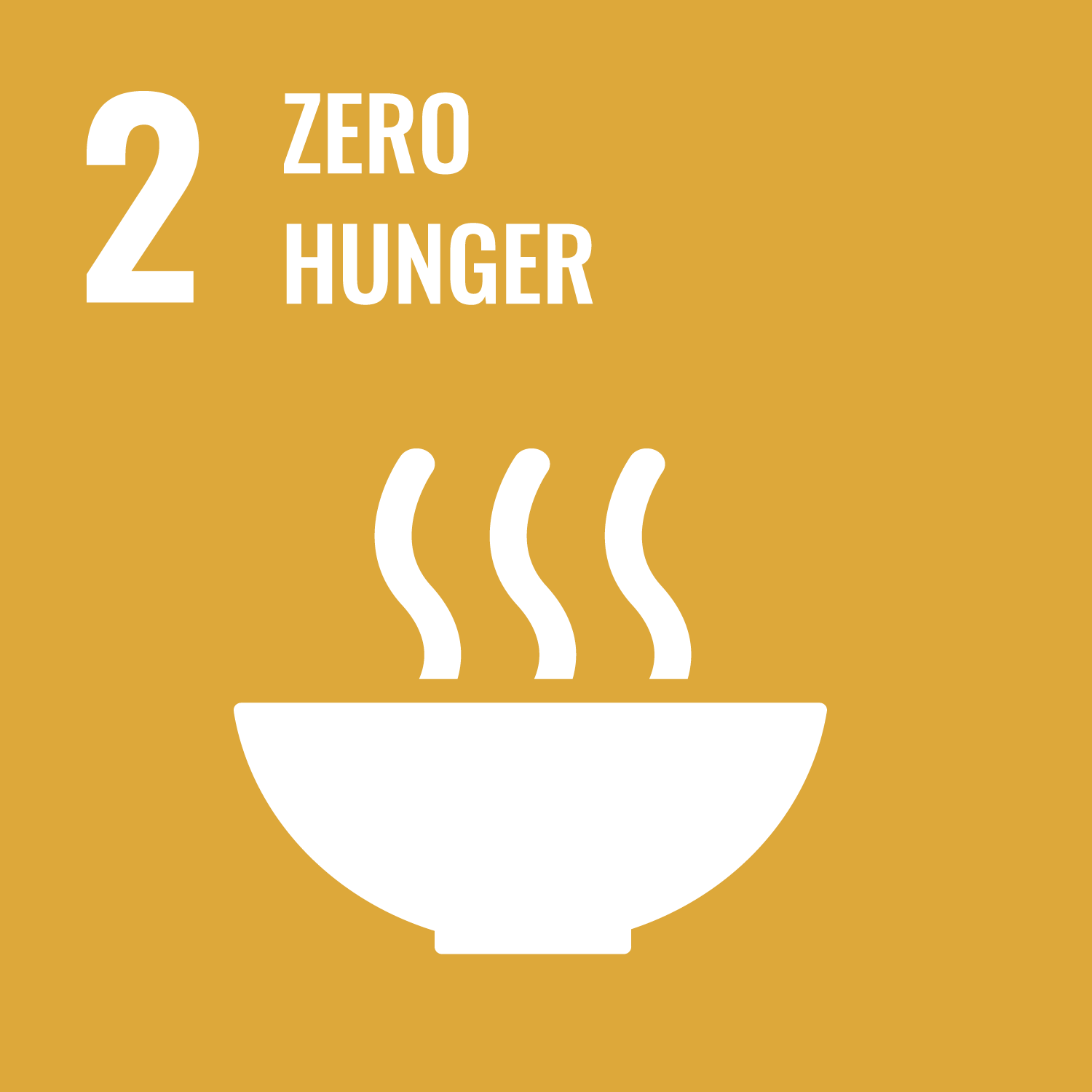
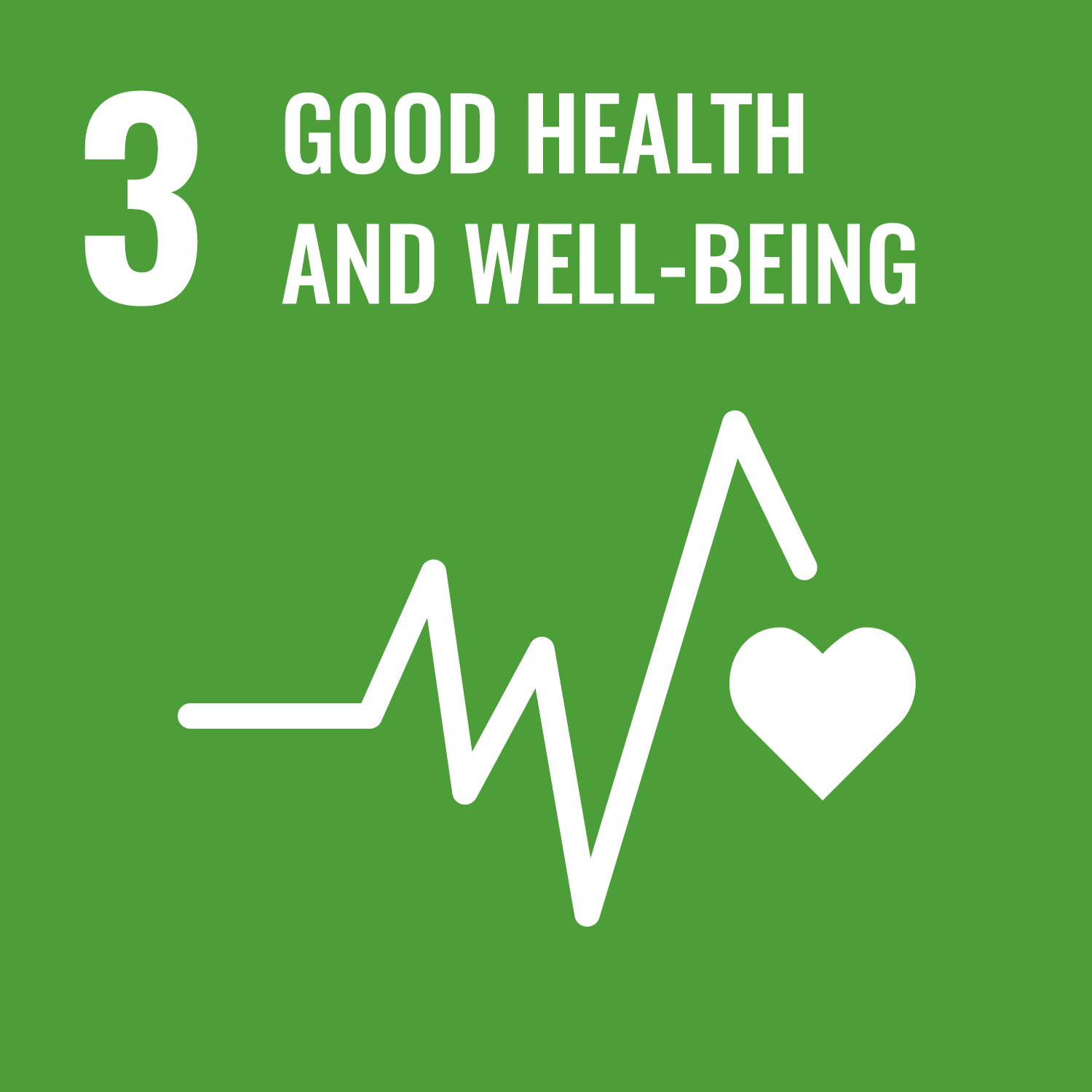

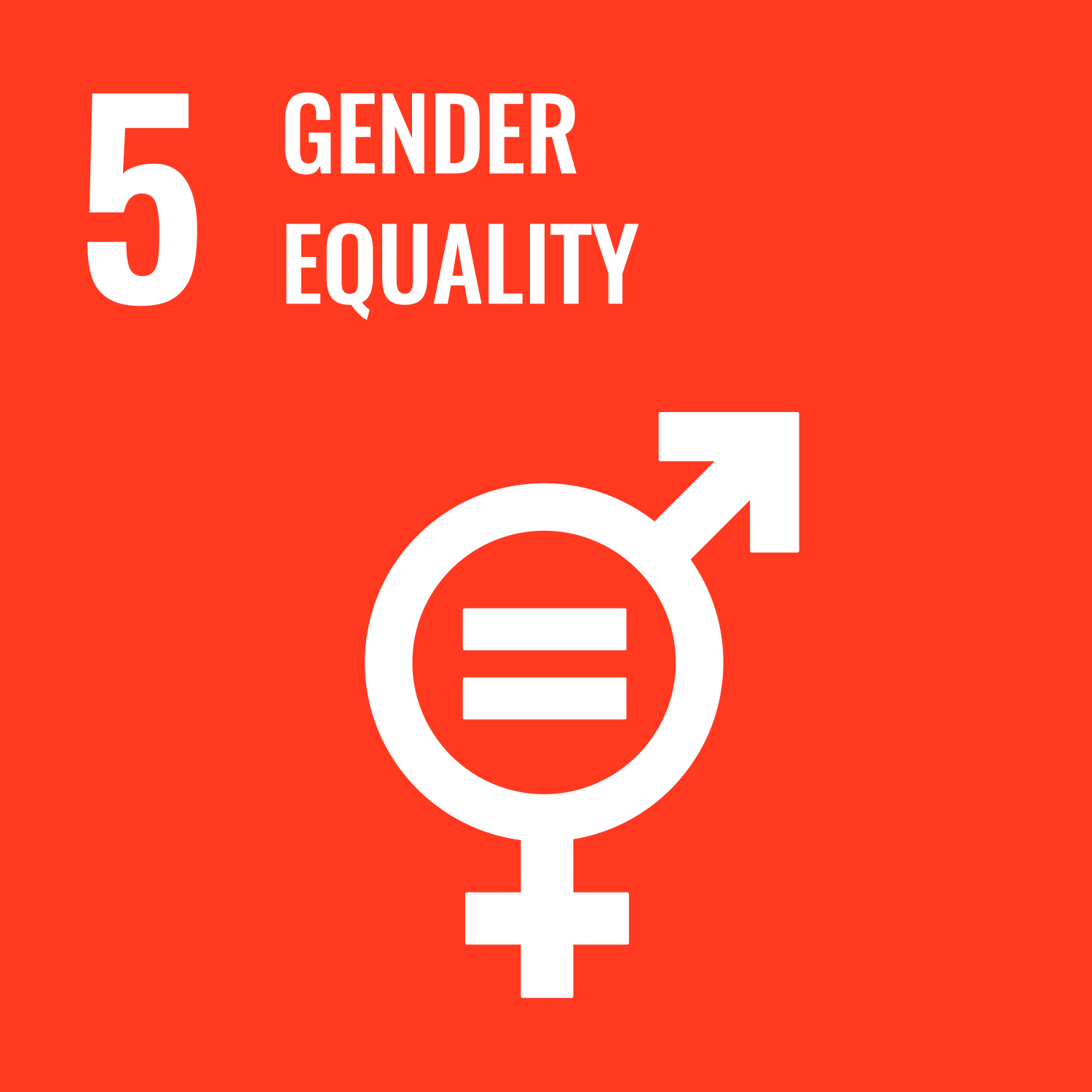
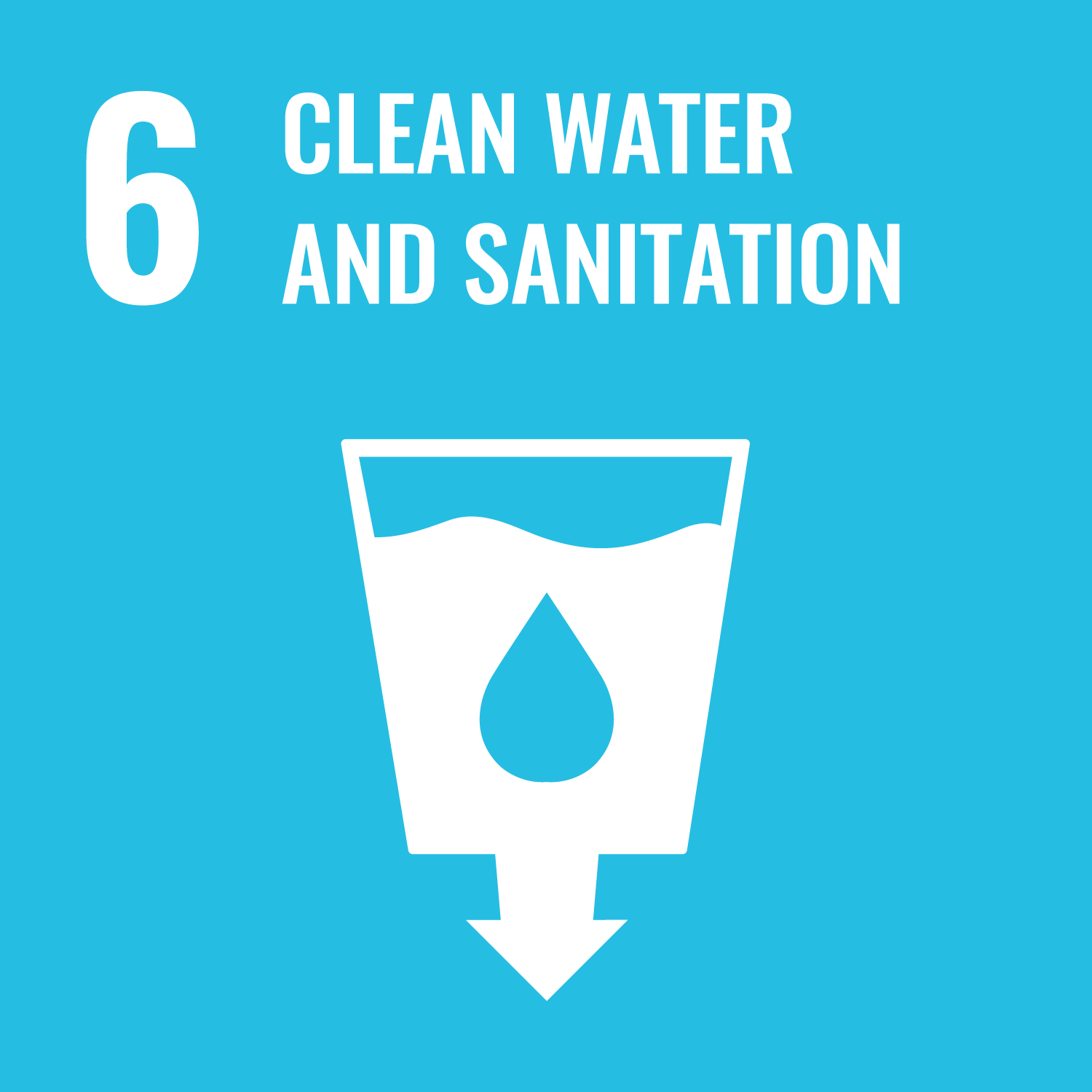
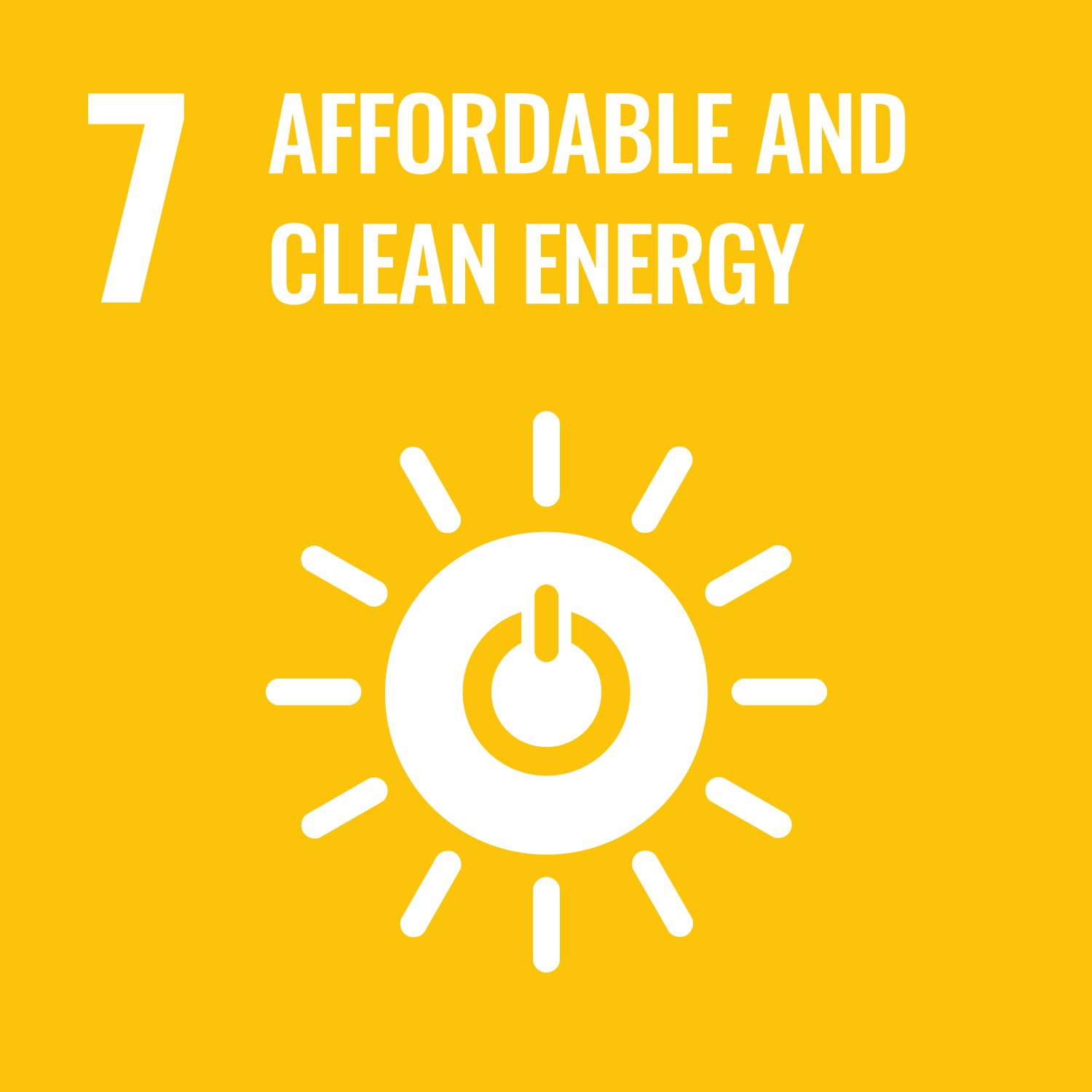
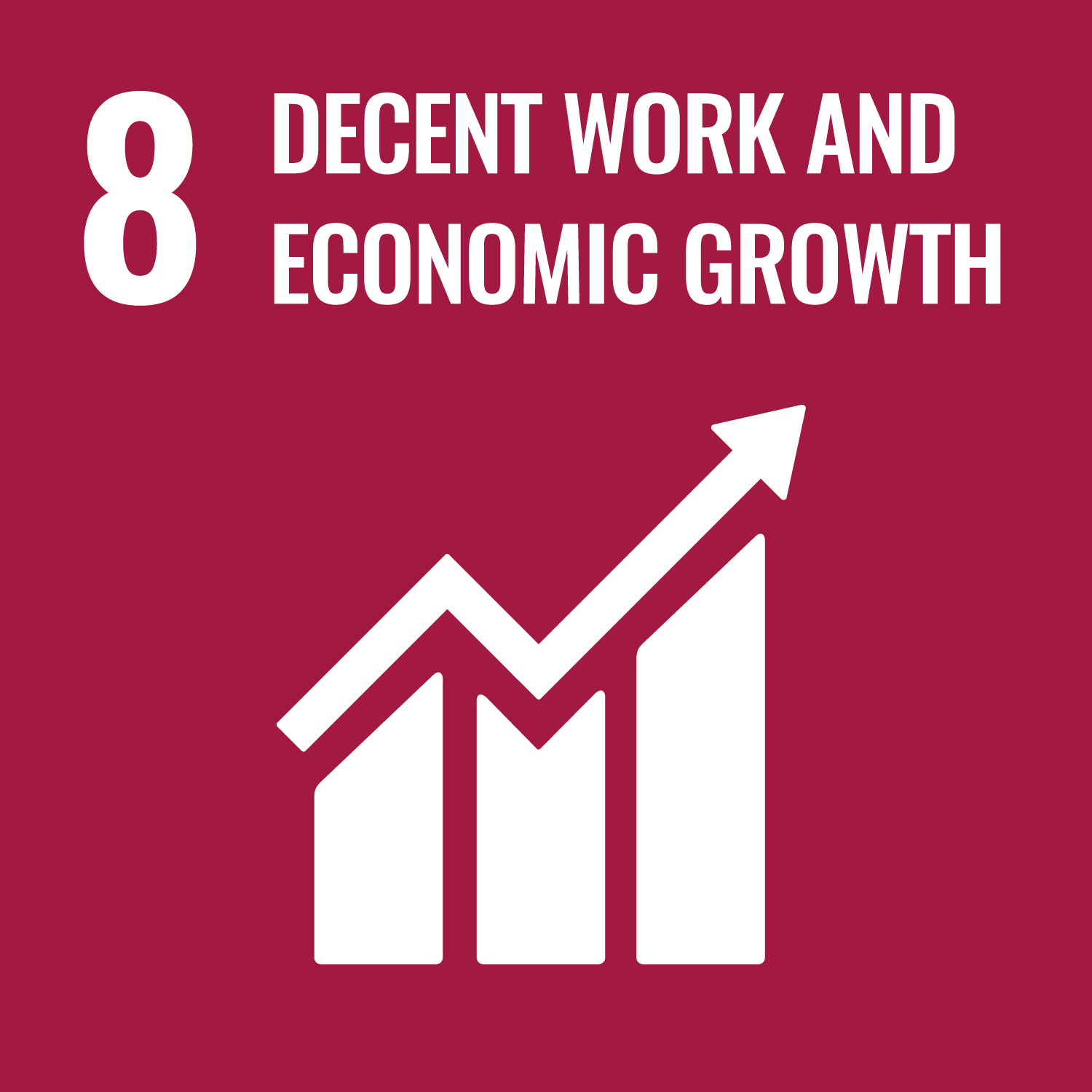

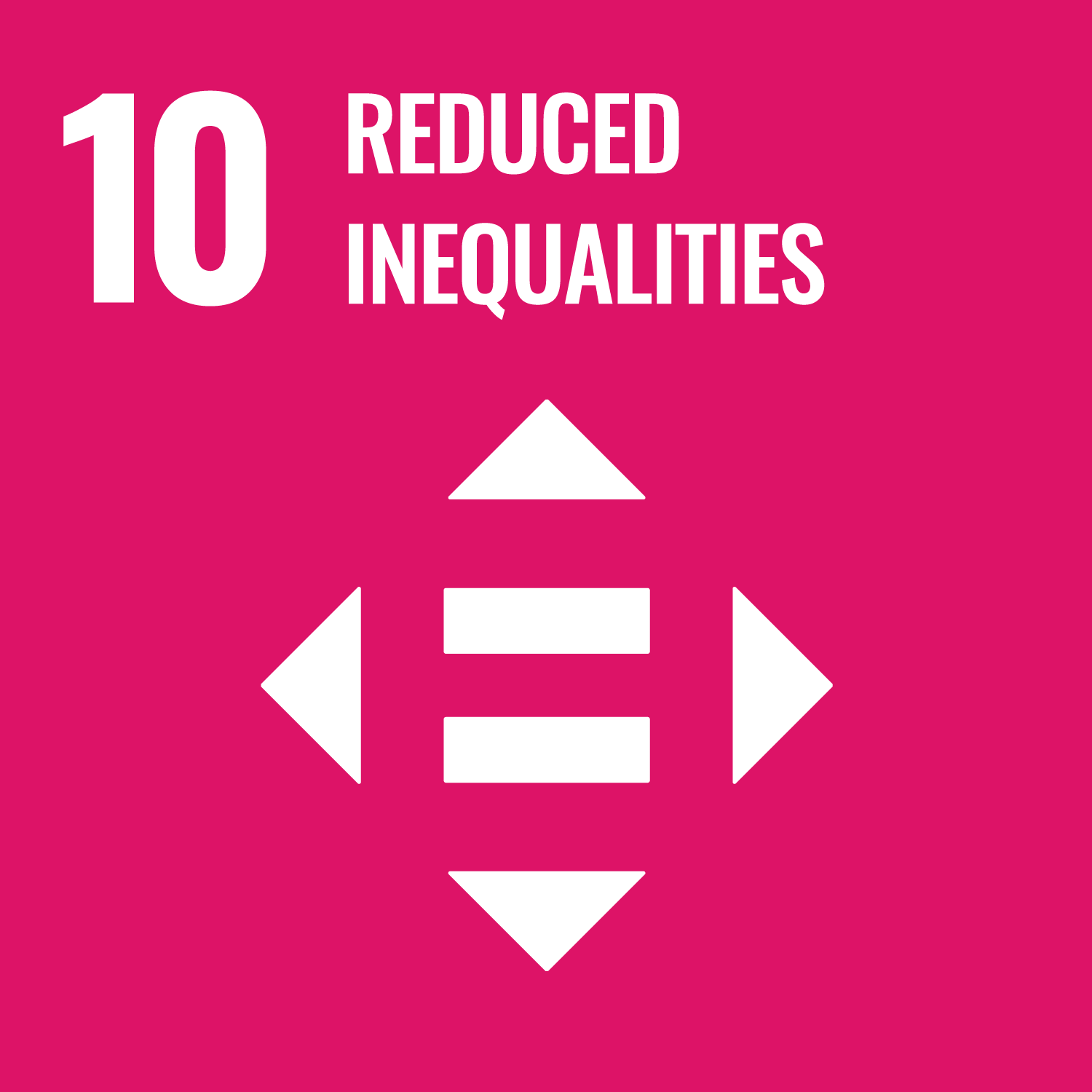
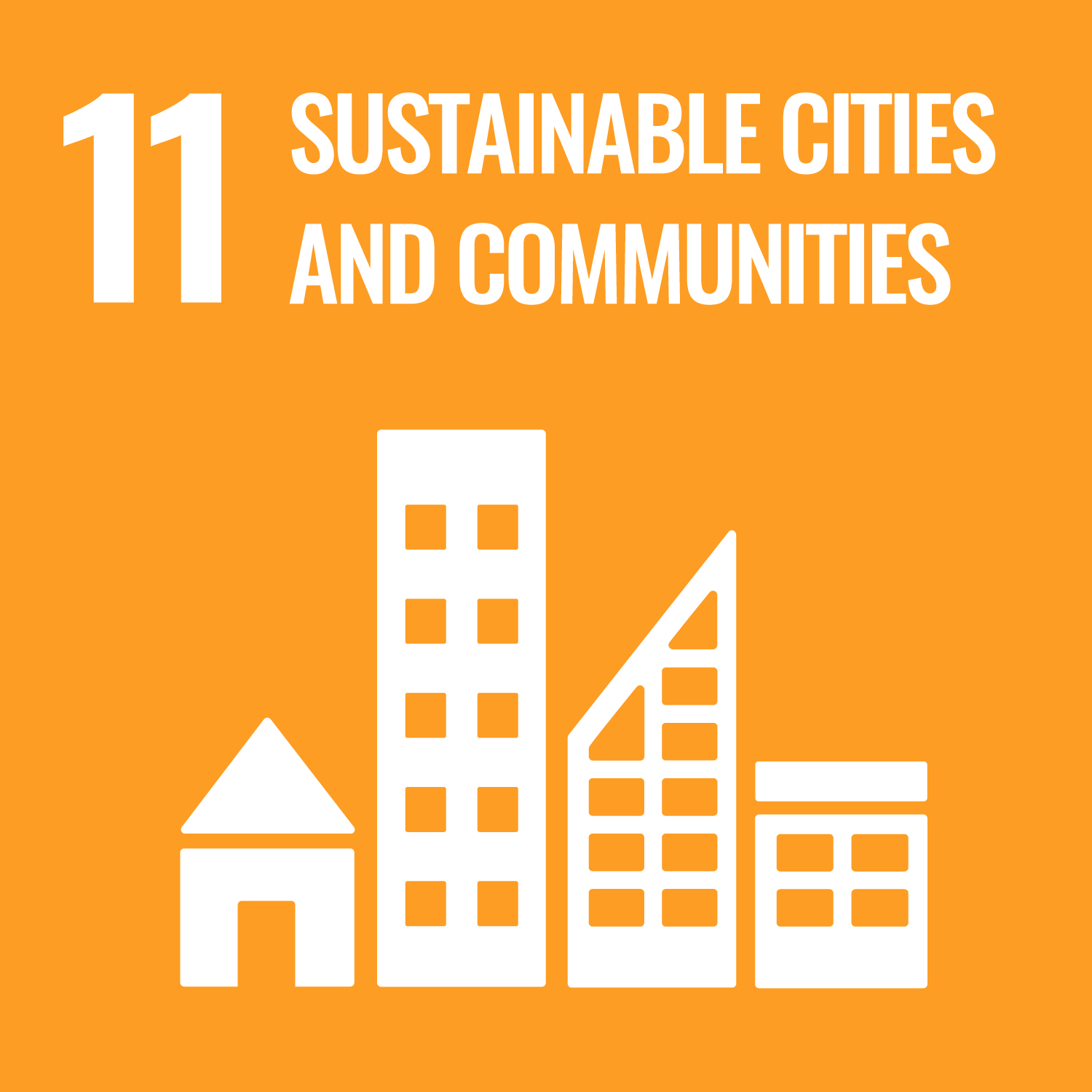

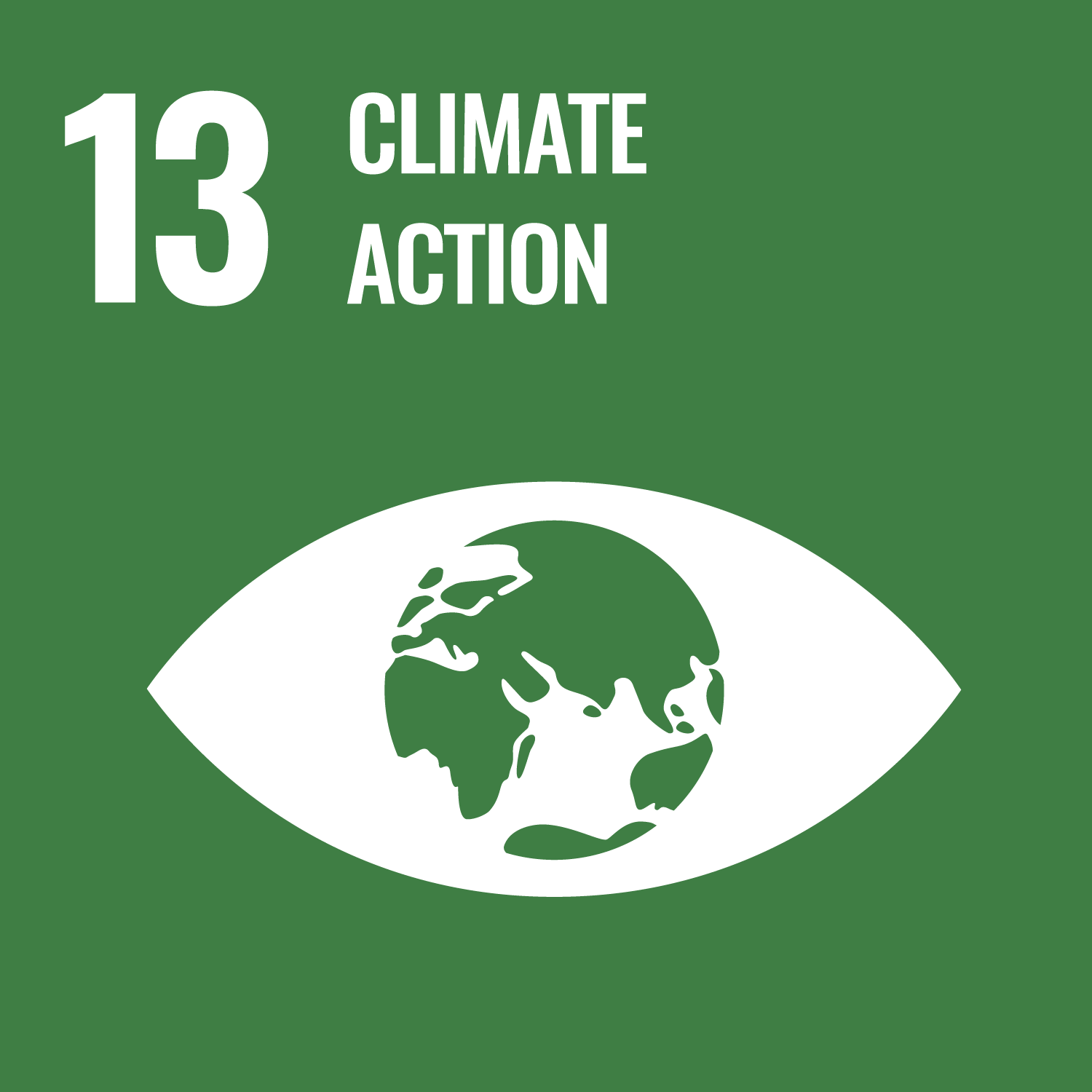

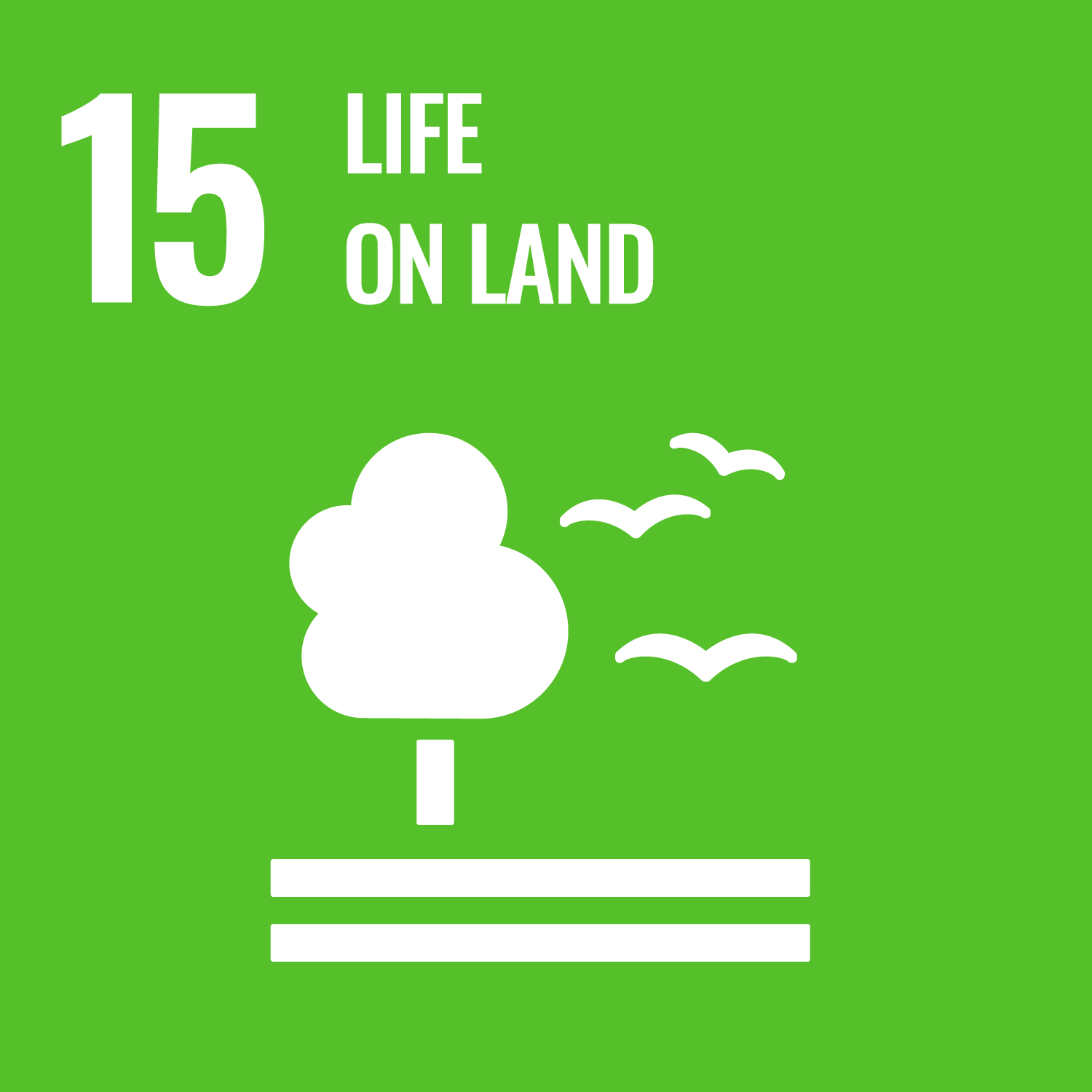

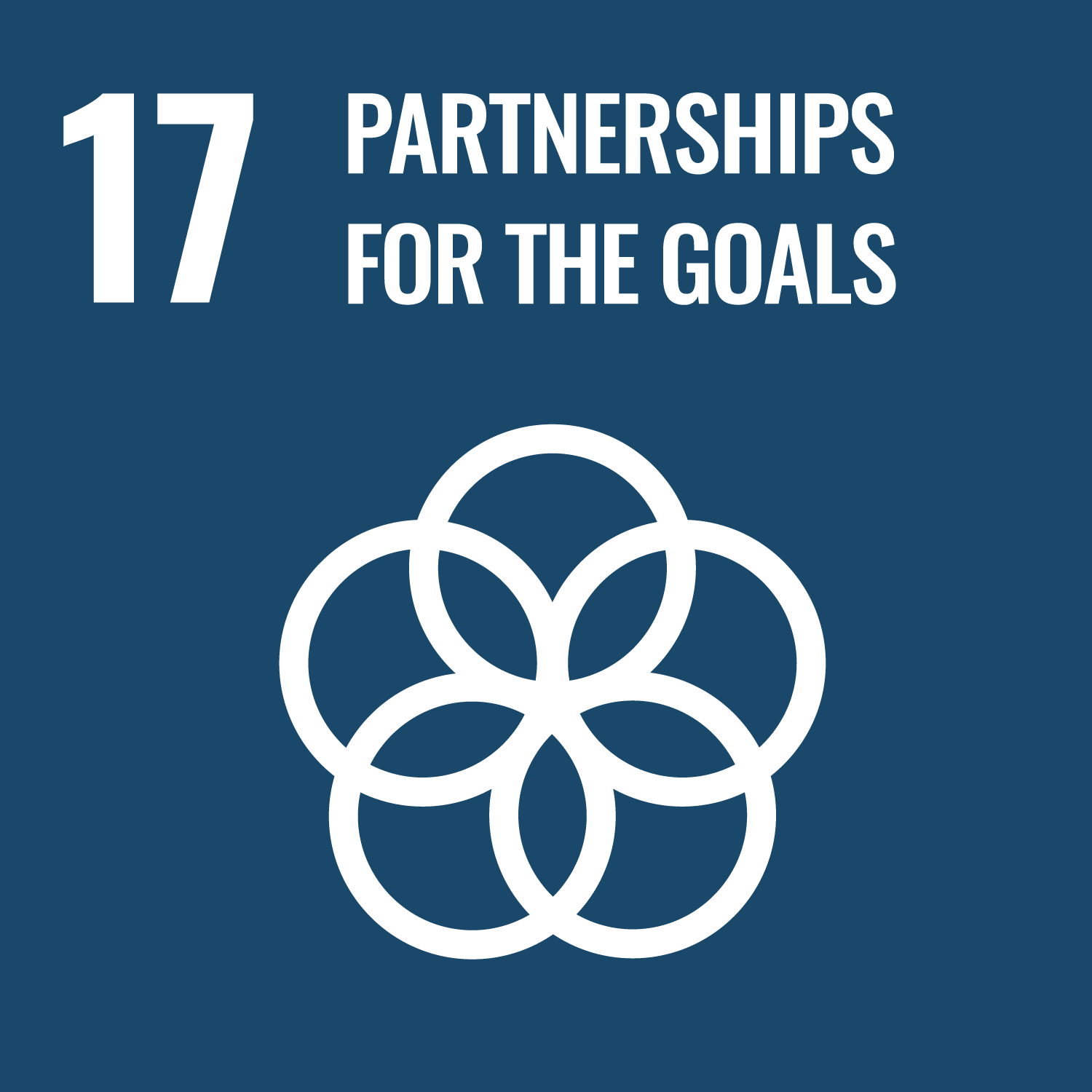
- 1.NO POVERTY
- 2.ZERO HUNGER
- 3.GOOD HEALTH AND WELL-BEING
- 4.QUALITY EDUCATION
- 5.GENDER EQUALITY
- 6.CLEAN WATER AND SANITATION
- 7.AFFORDABLE AND CLEAN ENERGY
- 8.DECENT WORK AND ECONOMIC GROWTH
- 9.INDUSTRY, INNOVATION AND INFRASTRUCTURE
- 10.REDUCED INEQUALITIES
- 11.SUSTAINABLE CITIES AND COMMUNITIES
- 12.RESPONSIBLE CONSUMPTION & PRODUCTION
- 13.CLIMATE ACTION
- 14.LIFE BELOW WATER
- 15.LIFE ON LAND
- 16.PEACE, JUSTICE AND STRONG INSTITUTIONS
- 17.PARTNERSHIPS FOR THE GOALS
Last modified : Tue Sep 17 18:13:47 JST 2024
